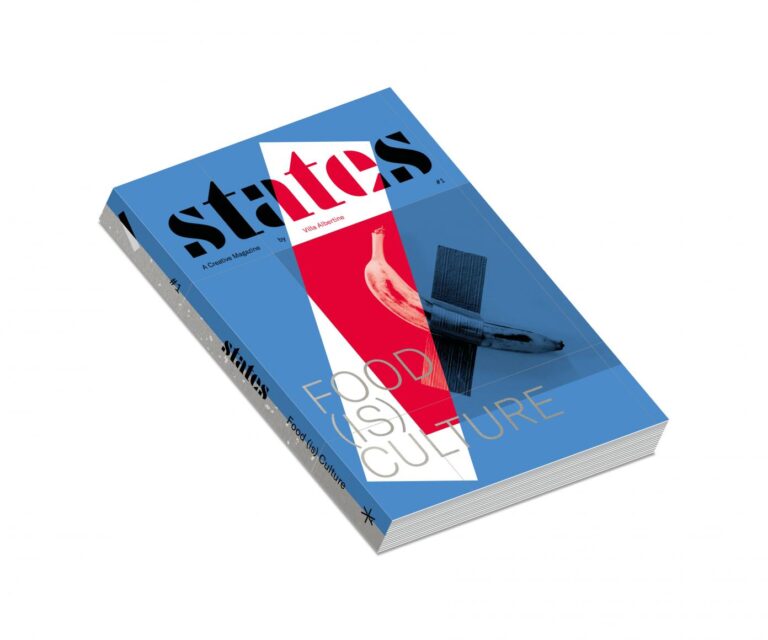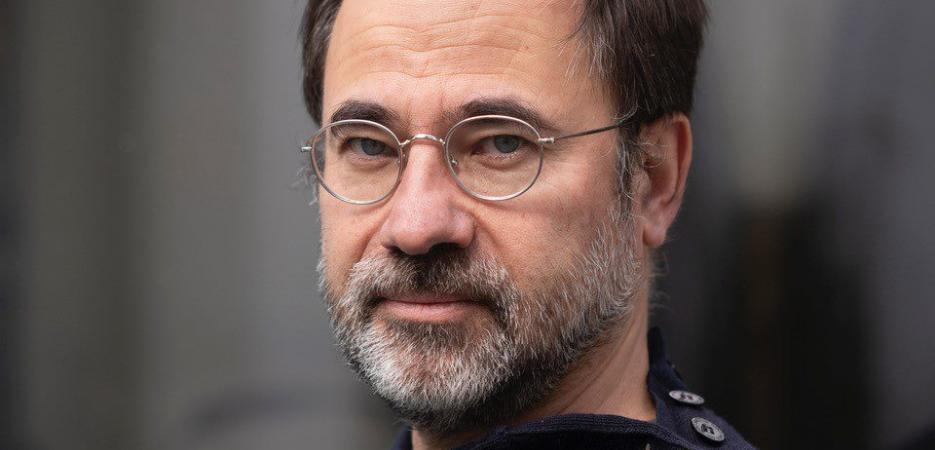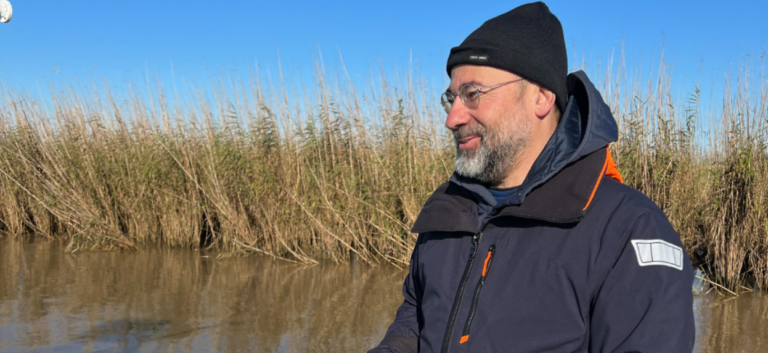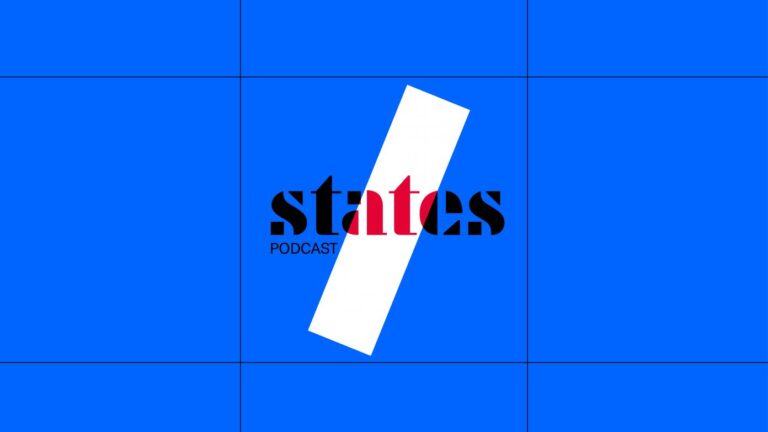
Nicolas Floc’h
Photographer and visual artist
January 17 - February 17 / May 15 - July 13, 2022

Isabel Segovia
- Visual Arts
- Chicago
- New Orleans
“Rivers, concentrates of history of peoples and civilizations, they become one of the main vectors of the diffusion of pollutants, a symbol of our excesses and our inverted relationship to the world.”
The works of Nicolas Floc’h are regularly exhibited in France (Centre Georges Pompidou, Palais de Tokyo, FRAC Provence-Alpes-Côte d’Azur) and abroad (Russia, Japan, Latin America). ROMA Publications/amsterdan published his monography, “Glaz,” in 2019, and “Invisible,” a work centered onthe underwater landscapes of the Calanques, in 2020. Also in 2020, GwinZega published his “Carnet de bord” (“Logbook”), a booklet detailing the first year of his current expedition to Brittany, Initium Maris.
My study of underwater landscapes and habitats, their productivity, and their role in the balance of ecosystems has led me to investigate the most fundamental of landscapes: water. The great water cycle involves constant evaporation from the surface of seas and continents. This atmospheric water irrigates the land and feeds the ice. As it flows, it becomes enriched with mineral salts, sediments, and organic matter; it seeps into the Earth’s crust and fertilizes rivers and oceans. This hydrographic network crosses territories, generates life, and is essential to the lives of human beings, while also having an ever-increasing impact on habitats. From watersheds to tributaries, from rivers to seas and oceans, these flowing bodies of water and their effects on the environment tell us many stories.
The aim of my project for Villa Albertine, Fleuves Océan, is to explore these water flows, starting in the Mississippi: from its source to the mouth, from the drainage divides to the watershed. I intend to travel across territories by following the routes of the flowing water, to the bowels of the Earth and the depths of the ocean. Every river, through the color of its water, reveals a part of its history, but the anthropological, climatic, physical, geomorphologic, geopolitical, historical, and cultural aspects are more or less determined by the territory.
Steeped in the history of peoples and civilizations, rivers reflect our relationship with our environment. Their life-giving quality has encouraged people to settle on their banks. However, both rivers and the atmosphere re also becoming some of the main vectors of the diffusion of pollutants, a symbol of our excesses and of our inverse relationship with the world.
The Mississippi, like a tree planted in the center of the United States, drains the land of a large part of the territory. Its Northern source, a glacial lake in Minnesota, tells us of the origins of this river that flows into the state of Mississippi, where the delta generates a constant flux in the waters of the Gulf of Mexico. I am especially interested in these two extremities, but am also greatly interested in the main tributaries that lead us from the Rockies to the Appalachians: the Missouri River, the Arkansas River, the Red River, the Wisconsin River, the Ohio River, the Tennessee River, etc. Indeed, the nutrient-rich water at the mouth of the river carries earth from the North, East, and West along with it, and fertilizes the ocean as it becomes diluted in the blue of the Caribbean.
I will follow the paths of springs and travel upstream, at the crossroads of the main tributaries where the waters meet, to study thee river’s colors. I hope to explore this territory geographically, over land, underwater, and from space, and to be able to tell the story of its path, its fluctuations, and its significance for our world.
In partnership with

Camargo Foundation
Founded by American artist and philanthropist Jerome Hill (1905-1972), the Camargo Foundation fosters creativity, research, and experimentation through its international residency program for artists, scholars, and thinkers. Since 1971 Camargo has hosted nearly 1,000 individuals working in the arts and in humanities from all over the world. Located in Cassis, France, on the edge of the Mediterranean Sea, the Foundation offers its residents both time and space in a supportive environment, giving them the freedom to think, create, and connect.

Art connexion
artconnexion is a production, distribution and mediation agency for contemporary art. As a non-profit organization, it has been promoting unexpected encounters between artists and citizens since 1994.
artconnexion invents and promotes a new form of relationship between society and artists through multiple actions of cultural democracy: citizens’ commissions, research and mediation projects.



